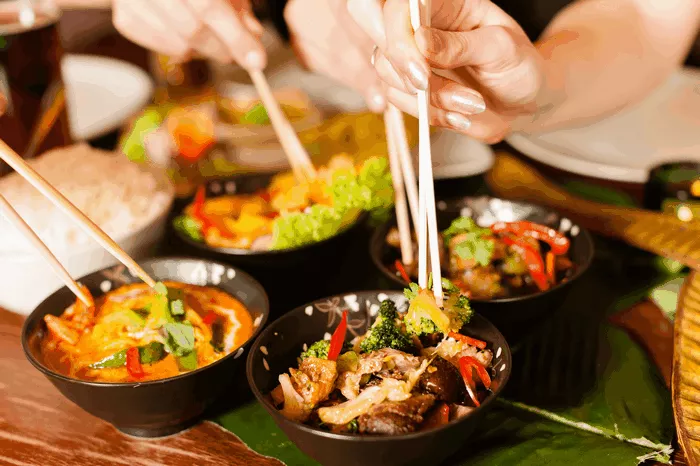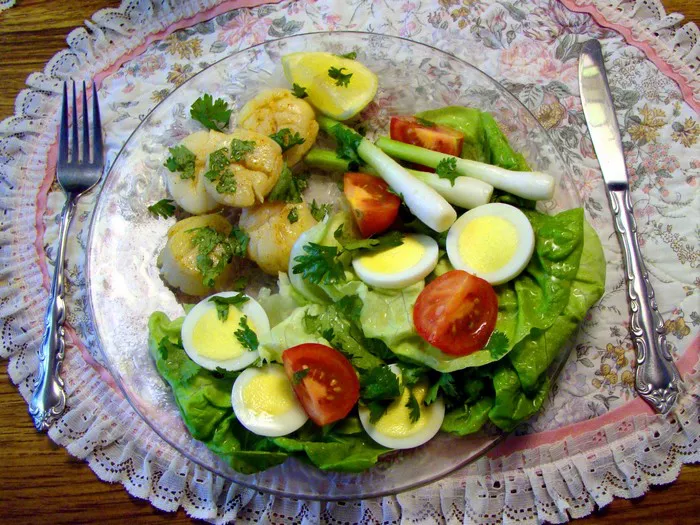Chinese cuisine has captured the hearts and palates of people worldwide, offering a diverse array of flavors and ingredients that make it one of the most beloved cuisines globally. However, one common perception that has persisted over the years is that Chinese food tends to be oily. From crispy fried dishes to mouthwatering stir-fries, the presence of excessive oil is often a topic of discussion among food enthusiasts. In this article, we will explore the reasons behind the perceived oiliness of Chinese food and shed light on the cultural, historical, and culinary aspects that contribute to this phenomenon.
1. The Role of Cooking Methods
One significant factor contributing to the oiliness of Chinese cuisine lies in the traditional cooking methods employed by Chinese chefs. Stir-frying and deep-frying are popular techniques used in many Chinese dishes. Stir-frying involves cooking ingredients quickly in a wok over high heat, using a small amount of oil to achieve a tender yet crisp texture. On the other hand, deep-frying immerses ingredients in hot oil, resulting in a crispy and flavorful exterior.
While these methods enhance the taste and texture of Chinese dishes, they do necessitate the use of oil. The high heat of the wok or deep-fryer ensures that the food cooks rapidly, minimizing oil absorption. However, if not done skillfully, excessive oil can be retained, leading to the perception of oily Chinese food.
2. The Art of Flavor Balance
Chinese cuisine is deeply rooted in the concept of Yin and Yang, a philosophy that emphasizes balance in all aspects of life, including food. Culinary experts and home cooks alike aim to balance flavors, textures, and ingredients in a single dish or an entire meal. Oil plays a crucial role in this balance, providing richness and mouthfeel to dishes that complement other flavors such as sourness, spiciness, or umami.
Moreover, oil serves as a carrier of flavors and aromas, allowing ingredients to release their full potential during the cooking process. The use of oil also helps create a glossy appearance in dishes, enhancing their visual appeal, a vital aspect of Chinese culinary culture.
3. Regional Variations
China’s vastness and diversity are reflected in its regional cuisines, each with unique flavors and cooking styles. Some regional cuisines, such as Sichuan and Hunan, are known for their spicy and oil-laden dishes, where chili oil and peppercorn-infused oil feature prominently. On the other hand, coastal regions like Guangdong boast seafood delicacies that are lightly cooked in order to highlight the natural flavors of the ingredients, reducing the overall oiliness.
4. Historical Perspectives
To understand the roots of Chinese cuisine’s oil usage, a historical perspective is essential. Traditional Chinese medicine, with its emphasis on balance and health, has influenced the way food is prepared and consumed in China for centuries. In ancient times, oil was considered an essential element to maintain the body’s Yin and Yang balance. Additionally, oil was regarded as a source of nourishment and energy, an important consideration for a hardworking agricultural society.
5. Cultural Significance
In Chinese culture, food is not just sustenance; it is an integral part of social interactions and celebrations. Many Chinese festivals and gatherings are centered around elaborate feasts, where abundant and flavorful dishes are served to demonstrate hospitality and generosity. The use of oil in cooking reflects this cultural significance, making dishes more indulgent and festive.
6. Preserving Ingredients
Chinese cuisine has a rich tradition of preserving food, which was crucial before the advent of modern refrigeration. Techniques like pickling, salting, and preserving in oil were employed to ensure the availability of food throughout the year. While modern preservation methods have evolved, the influence of these traditional practices still lingers in Chinese cooking.
7. Cooking for a Large Population
China’s population, being the largest in the world, has influenced the way food is prepared. In bustling restaurants and busy households, efficiency and speed are crucial in serving large groups of people. As mentioned earlier, stir-frying and deep-frying are quick methods that require relatively high amounts of oil to achieve the desired results. This has become ingrained in the culinary traditions and contributes to the perceived oiliness of Chinese food.
8. The Use of Oil in Chinese Street Food
Chinese street food has gained immense popularity, not only in China but also across the globe. Street vendors often employ copious amounts of oil to achieve the desired texture and flavors. From delectable dumplings to crispy spring rolls, these dishes are beloved for their mouthwatering taste, which sometimes comes at the expense of additional oil.
Conclusion
Chinese food’s perceived oiliness is deeply rooted in its cultural, historical, and culinary traditions. The use of oil serves multiple purposes, from enhancing flavors and textures to representing the spirit of hospitality and abundance in Chinese culture. Traditional cooking methods like stir-frying and deep-frying, influenced by the principles of Yin and Yang, contribute to the oiliness while providing a balance of flavors.
It’s important to recognize that like any cuisine, Chinese food offers a wide variety of dishes with varying levels of oiliness. Modern trends and health considerations have led to adaptations that cater to different preferences, but the fundamental appeal of Chinese cuisine’s oiliness remains an integral part of its charm and identity. So, the next time you indulge in your favorite Chinese dish, appreciate the artistry and history that goes into creating its unique and flavorful taste.

























